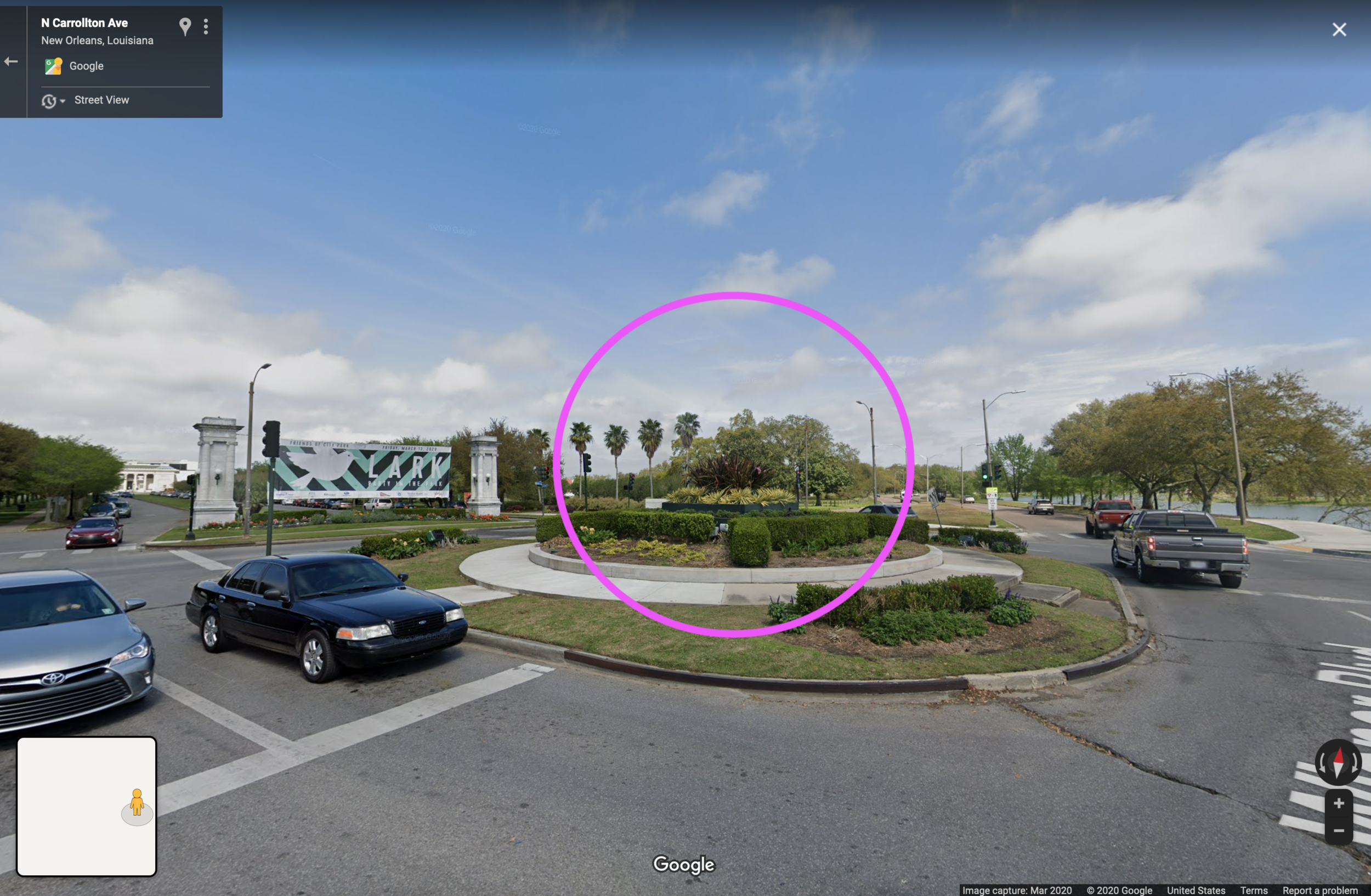
Why New Orleans?
New Orleans today is a city where the past seems frozen in place. From the wrought-iron balconies and Creole cottages of the French Quarter, to the rumbling of bygone-era streetcars along St. Charles Avenue and the stately plantation homes fronted by magnolia-shaded walks along the Mississippi River in nearby St. James Parish, New Orleans is the heart of a region where historical nostalgia and collective public memory are visible and tangible. This sensibility undergirds much of the region’s tourist-driven economy, which depends on the perpetual marketing of mythologies surrounding “Old New Orleans” – mythologies steeped in the histories of colonialism, slavery, white supremacy, and urban segregation. With competing historical narratives embedded in the architecture and even the geography of New Orleans and the Gulf South, present-day social relations are inextricable from site.
Perhaps counter-intuitively, New Orleans also exemplifies new approaches to historical preservation, commemoration, and public efforts to grapple with the layered mythologies of site in a post-colonial city still shaped by the legacy of slavery and Jim Crow. Over the past several decades, individuals and communities have contested the collective stories – and the sites that embody them – at the heart of the city’s image in the mainstream public imagination. In removing Confederate statues and monuments to white supremacy that dotted the city’s landscape, revisiting indigenous land management that shaped the Mississippi Delta prior to waves of European settlement, and debating controversial approaches to remembering or rebuilding neighborhoods in the wake of Hurricane Katrina, New Orleans’s relationship to its history and public memory remains in flux. Such debates are not, however, unique to New Orleans; instead they exemplify broader conversations taking place across the Americas about how to contend with the past in the present.
Images
Above: Former site of P. G. T. Beauregard equestrian statue, City Park, New Orleans, https://maps.app.goo.gl/grvS3jpkiD6e8pMt9
Right top: Former site of Jefferson Davis monument, Dr. Norman Francis Parkway at Canal St, New Orleans, https://maps.app.goo.gl/8BFS3vFGLZD6vLGF7
Right middle: Former site of Battle of Liberty Place monument, Iberville St near One Canal Place, New Orleans, https://maps.app.goo.gl/Gz7BvjrJuEyEnEYw8
Right below: Former site of Robert E. Lee monument, Harmony Circle, New Orleans, https://maps.app.goo.gl/XNih3PW3CHVfNsDQA
The 2021/ 2022 Sawyer Seminar at Tulane University was organized by the Newcomb Art Department and School of Liberal Arts and sponsored by the Andrew W. Mellon Foundation.


